To provide an insight into the quality of software that is available, here’s our recommended open source Business Process Management software
Read more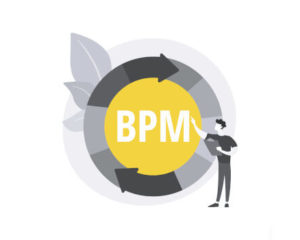
The Linux Portal Site

To provide an insight into the quality of software that is available, here’s our recommended open source Business Process Management software
Read more
CalDav (Calendaring Extensions to WebDAV) is an internet standard allowing clients to access scheduling or meeting information on a remote server.
Read more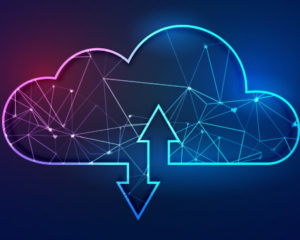
Infrastructure as a Service (IaaS) is a service model where an organization outsources the equipment used to support storage, hardware, servers and networking components.
Read more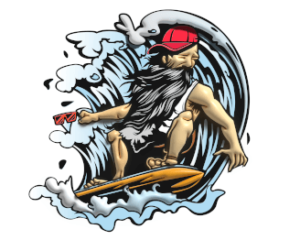
Character Animator is software that combines real-time live motion-capture with a multi-track recording system.
Read moreUsenet is a worldwide distributed Internet discussion system. We recommend the best free and open source Usenet tools.
Read more
Linux has a wide range of e-Learning software available. This article focuses on software which is user friendly for students and instructors.
Read more
Gomu is billed as an intuitive, powerful CLI music player. This is free and open source software written in Go.
Read more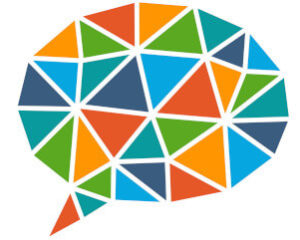
Piper is billed as a fast, local neural text to speech system. It’s free and open source software written in C++ and Python.
Read more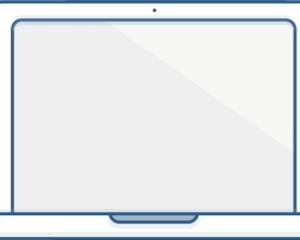
IBM Watson is a data analytics processor that uses natural language processing, technology that analyzes human speech for meaning and syntax.
Read more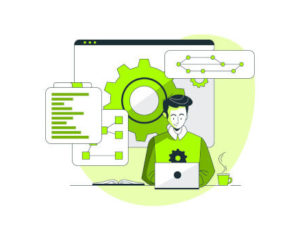
Git is an open source distributed version control system which was originally designed by Linus Torvalds, the creator of Linux, in 2005 for Linux kernel development. We explore our recommended web-based tools.
Read more